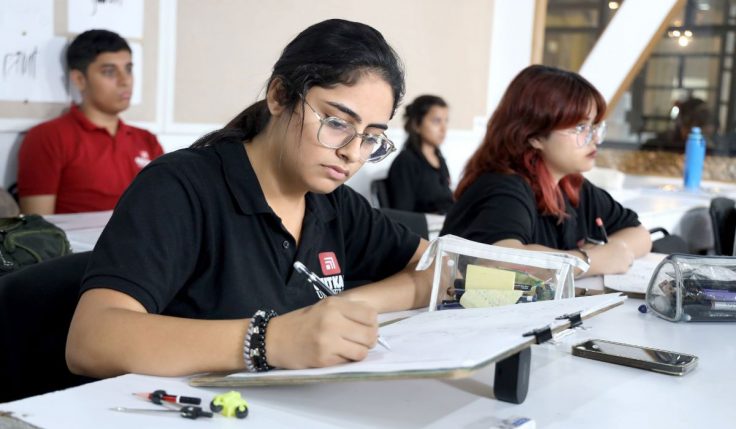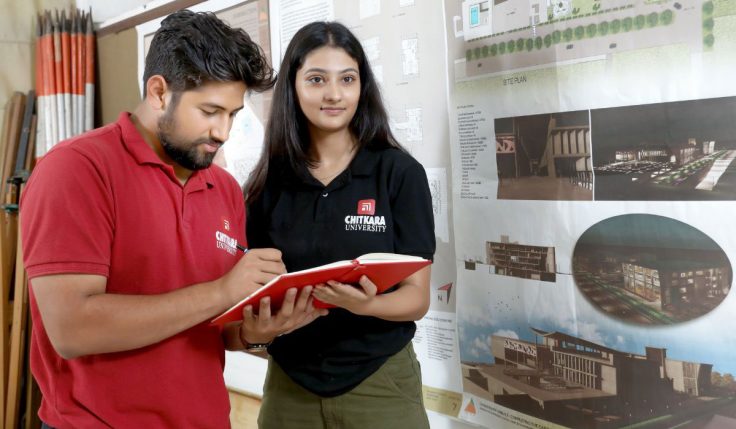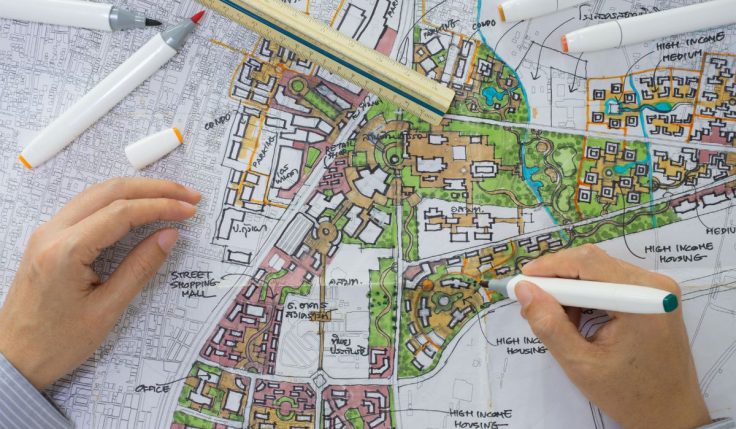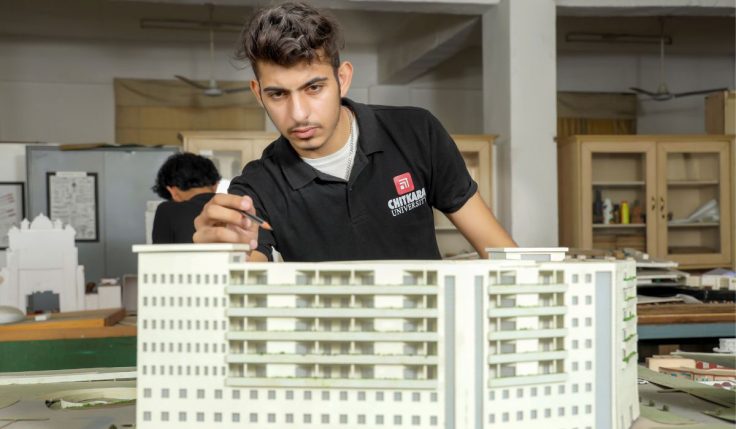Better World Through Clear Energy Systems: It has been 29 years since the momentous Rio Summit that defined the course of energy conservation and paved way for a sustainable world through the means of clean energy. While the efficiency of energy use and production has improved, the levels of global carbon emissions continue to soar. This raises several pertinent questions about the existing methodologies that are being practiced and calls for a collective action for implementing meaningful strategies that can ensure effective reductions in carbon emissions. Policy makers, corporates, academicians, and climate activists are relentlessly striving to meet this goal.
Design Better World Through Clear Energy Systems
While the energy system of the world is transitioning rapidly, there remains a certain lag in terms of the global climate ambition. It is important to note that some of the largest economies of the world such as Germany, Spain, and United Kingdom possess a significant amount of energy generation that is derived from renewable sources. The need of the hour is to identify the plan of action implemented in these countries and expand it at a global level.
There are several misconceptions about the influences of design in terms of its effects on the processes and practices of sustainable thinking. The design has always played a determining role in the evolution of humankind. Right from primitive times, be it designing wheels or rafts in an ergonomic manner, humankind has always sort to practices of design thinking to progress further and create a better and sustainable tomorrow.
In modern times, global conventions, policymakers, and environment activists talk stress upon sustainable practices so much so that it is often mistaken as a contemporary jargon. The United Nations had proposed the Sustainable Development Goals (SDGs) for 2030. This called for a collaborative effort between design thinkers and implementers to act along the given lines to reduce the overall carbon footprints.
Breaking from the popular belief that design thinking is solely restricted to drawing, design implementors play a paramount role in sustainable decision-making as well. These processes are essential in case of establishing a premise for sustainable development since it is a time-bound process. With natural resources depleting every passing day, the need of the hour is to come up with innovative solutions that are facilitated by design thinking.
Also Read: Leadership and Innovation via Design
There are several examples of successful design-led innovations that are aiding the process of sustainable development. CocoPallet in Hocus Botanicus, Amsterdam is one of the best examples. They create sustainable wood boards using coconut and sugarcane husk that ensure that no trees are cut in the process. These pallets are very efficient, more affordable, while being environment-friendly. Moreover, they require a small and cost-effective industrial setup that ensures fast manufacturing.
Similarly, MALAI, a Kerala-based organization manufactures vegan and eco-friendly leather using coconut water. Another company in Mexico started making vegan leather from cactus. In another case, an Indonesian organization started producing vegan leather out of mushroom. The primary objective of these organizations is to eradicate the innocent killings of animals and reduce toxic waste created from leather tanneries.
Moving to the west, By fusion, a USA-based organisation turns non-recyclable plastics into brick blocks via eco-friendly practices. These bricks are created using the existing waste stream, and are essentially tougher and more sustainable than traditional concrete bricks. The team at Byfusion aims to significantly reduce plastic waste by 2030 and meet the objectives of SDGs.
Globally, electric vehicles are one of the best examples of design-driven solutions that are catered towards making the world a better place. The developers followed the simple protocols of empathizing, defining, ideating, prototyping, and finally testing an alternative, yet environment-friendly means of transportation. Researches estimate that there would be over one billion electric cars on the road by 2050. Furthermore, if policy makers can take the necessary steps, then using electric two and three-wheelers as the primary mode of transport is not a distant reality.
Design-led techniques are expected to contribute towards an increasing share of renewable technologies that presently weigh at 25% to almost 86% by 2050. These include revolutionizing the energy derived from coal, oil, and natural gas and transforming them into more sustainable sources that reduce carbon emissions.
The global metamorphosis of the energy sector that is driven by measures of design process is an investment towards transforming societies and economies as a whole. These are intended towards enhancing socio-economic opportunities and producing sufficient eco-friendly energy that can sustain humanity at large. Case in point, this eco-friendly energy creation can lead to improvement in the air quality, which in turn can reduce the costs of human healthcare, simultaneously reducing the catastrophic damage that can be caused by climate change.
Conclusively, design practice can facilitate swift and decisive national and international plans of action that can cater towards electrification of renewable energies. Implementing the age-old philosophy of reduce, reuse, and recycle in prototype-based methodologies can promote systematic innovations that can contribute towards the global vision of a more sustainable world.






